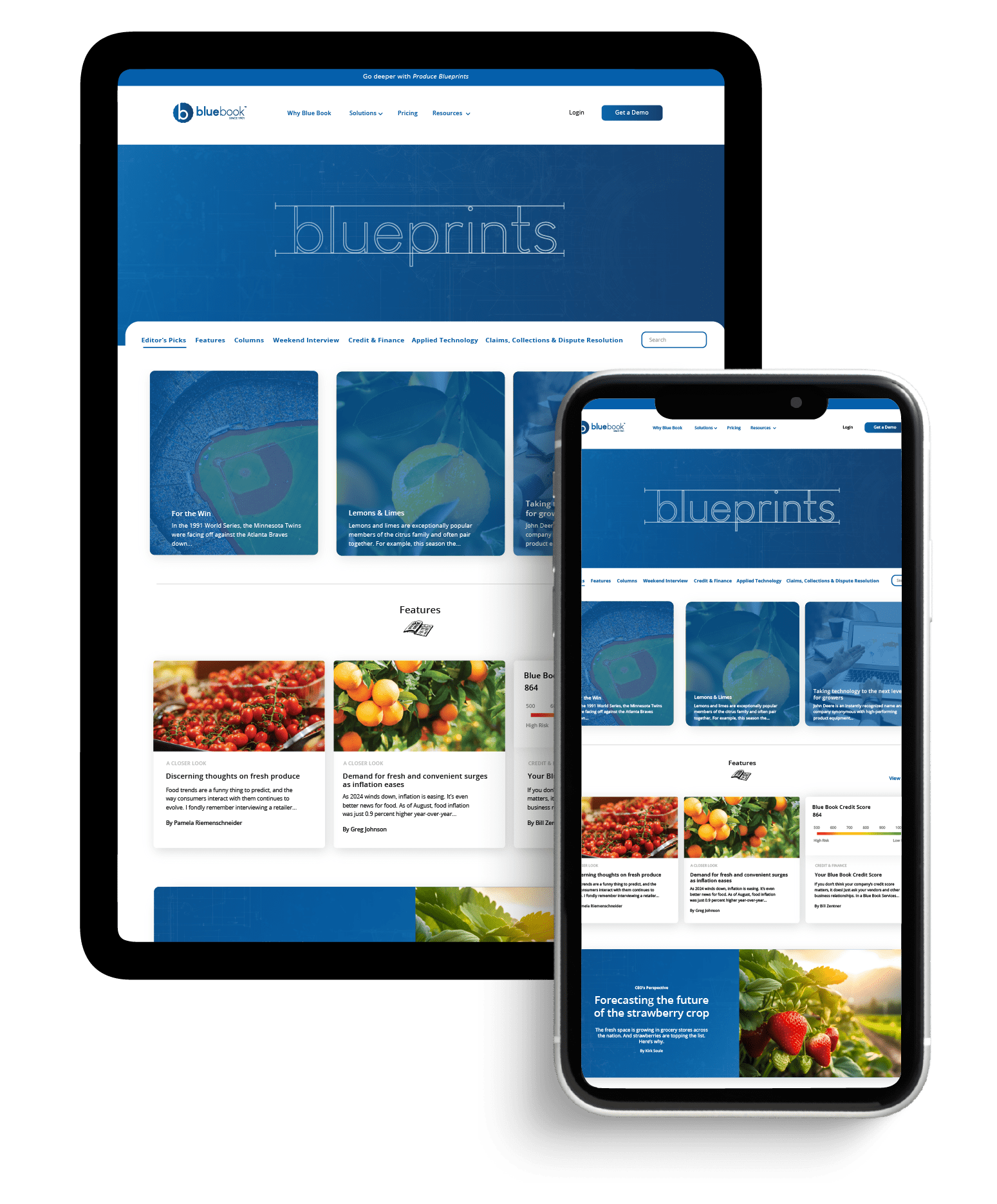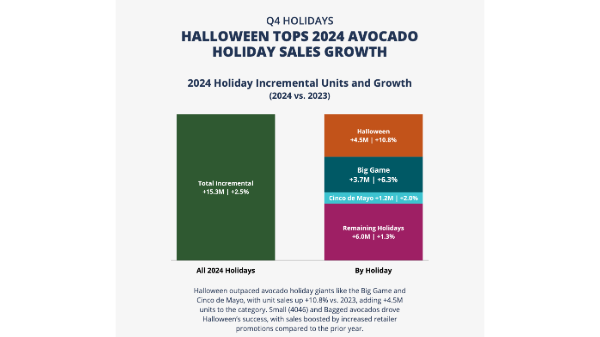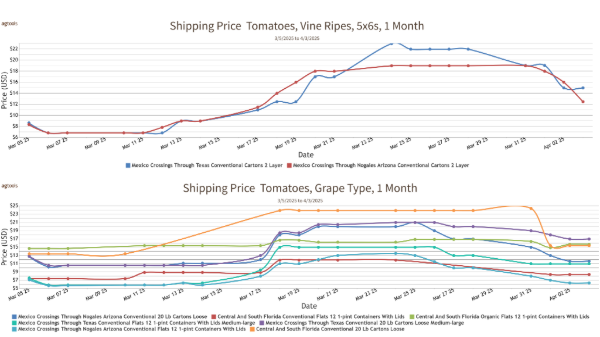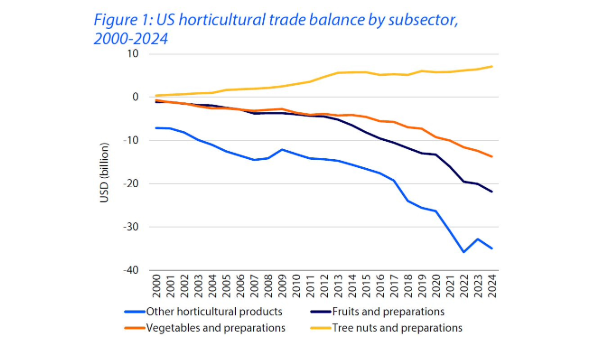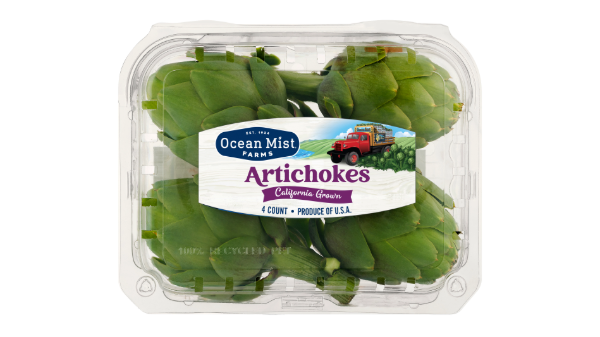Welcome to Blue Book!
Are you ready to join the thousands of companies who rely on Blue Book to drive smarter decisions? View our plans and get started today!
Still have questions? We’d love to show you what Blue Book can do for you. Drop us a line– we’ve been waiting for you.
In my October 2005 Blueprints debut, “Piecing Together the Supply Chain Concept,” the themes of efficiency and effectiveness permeated the discussion. I suggested that “…appropriately designed supply chain capabilities help organizations serve their customers better, faster, and cheaper.” Absent from the conversation was an emphasis on sustainability. This omission is no longer acceptable in the fresh produce supply chain. While the drive for “better, faster, cheaper” performance is as strong in 2013 as it was in 2005, sustainability must also be a priority. Retailers and consumers expect produce growers and processors to be strong stewards of land, water, and air resources.
Achieving supply chain sustainability is not a simple task. Produce companies and their partners must adopt long-term strategies and invest wisely to simultaneously accomplish operational efficiency, customer service effectiveness, and process sustainability. This article will highlight the primary elements of supply chain sustainability, identify relevant strategies, and discuss key requirements for success.
Key Elements
As defined by the United Nations Global Compact, supply chain sustainability (shortened to ‘SCS’ for our purposes) is “the management of environmental, social, and economic impacts, and the encouragement of good governance practices, throughout the lifecycles of goods and services. The objective is to create, protect, and grow long-term environmental, social, and economic value for all stakeholders involved in bringing products and services to market.”
Hence, SCS requires more than a resource conservation focus in the farm-to-table supply chain. According to the University of Massachusetts Lowell Center for Sustainable Production, it is necessary to have processes and systems that are “nonpolluting; conserving of energy and natural resources; economically efficient; safe and healthful for workers, communities, and consumers; and, socially and creatively rewarding for all working people.”
Kathy Means, vice president of government relations and public affairs for the Produce Marketing Association, concurs with the broader focus. “There’s been discussion of environmental stewardship for a long time. The idea of a three-legged stool of people/planet/profit is more recent. It really is the right framework for sustainability,” she says.
The ‘people’ aspect of SCS covers many issues, such as payment of living wages, a safe workplace, and developing logical, consistent immigration policies. The long-range viability and legacy of family-owned produce businesses is another important matter that must be considered.
Bigger yet are planet considerations, highly relevant to SCS because the produce industry is so resource intensive. Heavy water usage for production, fossil fuel consumption for transportation, and the carbon emissions of cold chain activities are all areas of concern. Conservation-oriented innovations are needed to reduce the environmental impact of the fresh produce supply chain.


